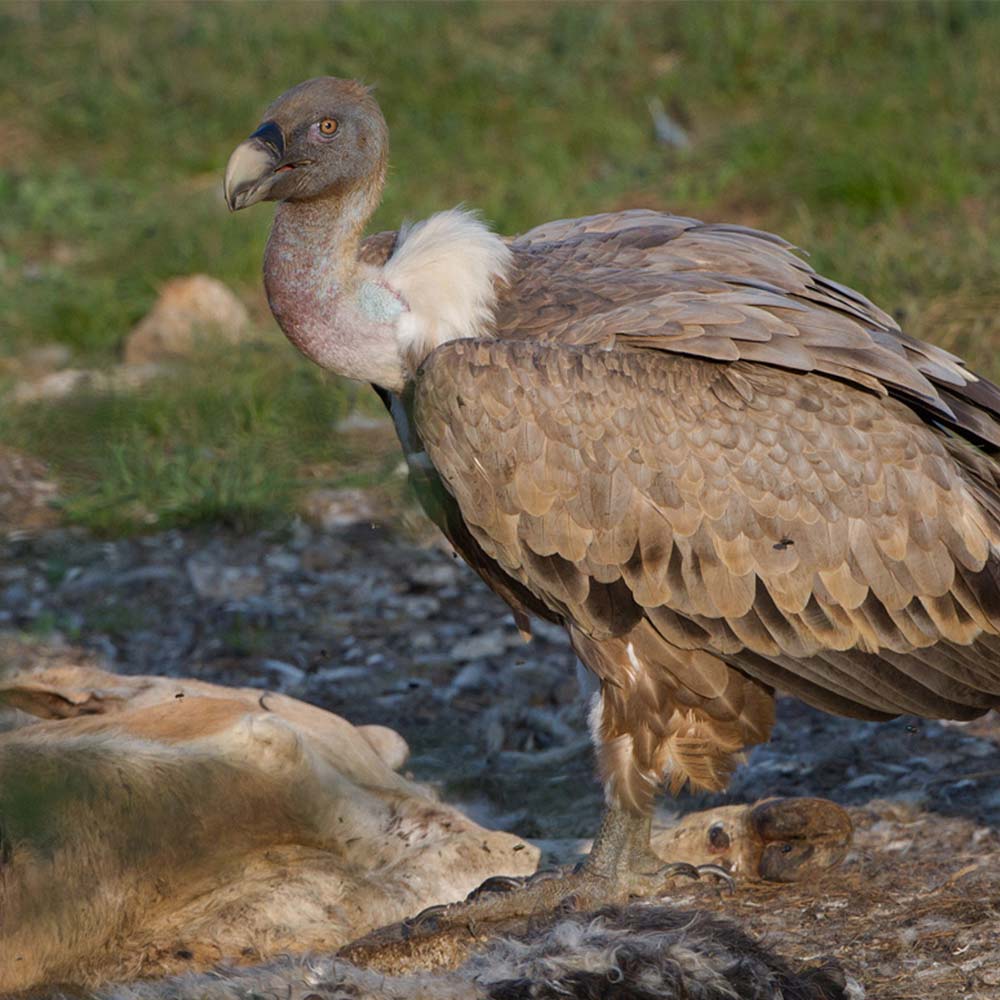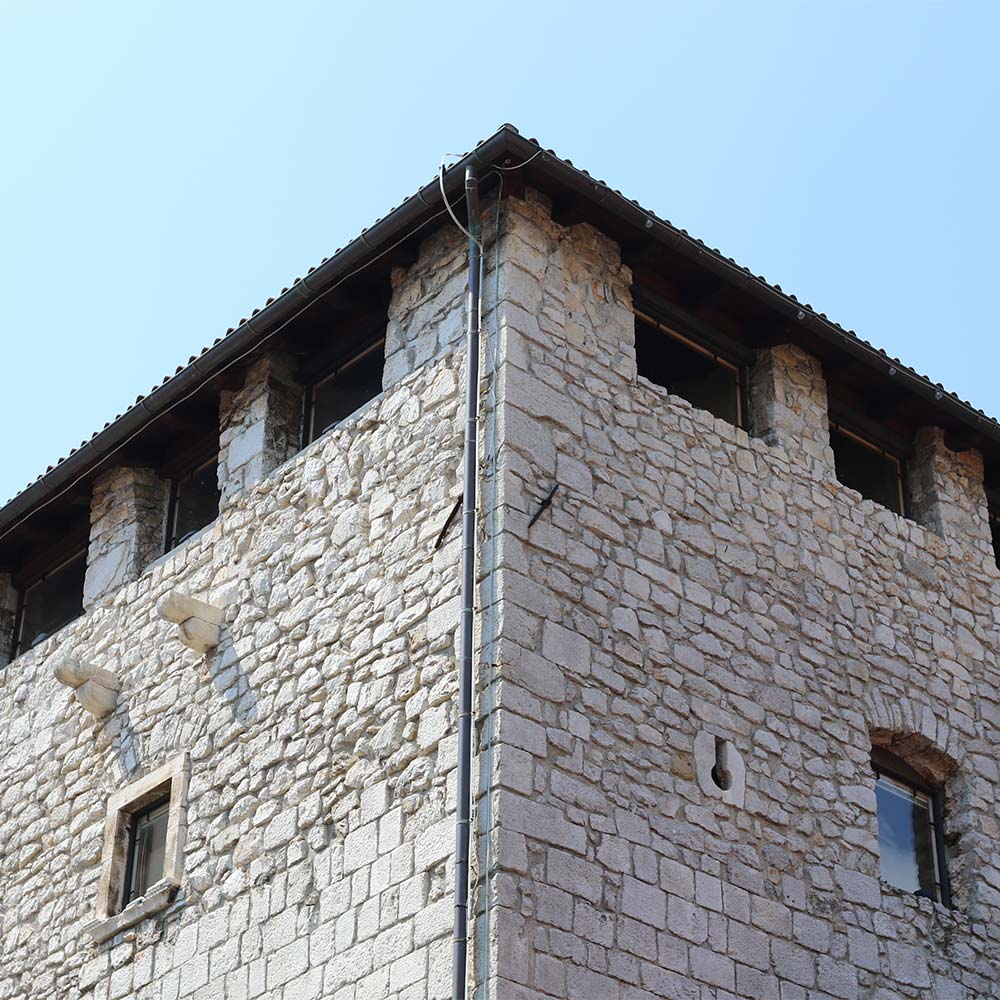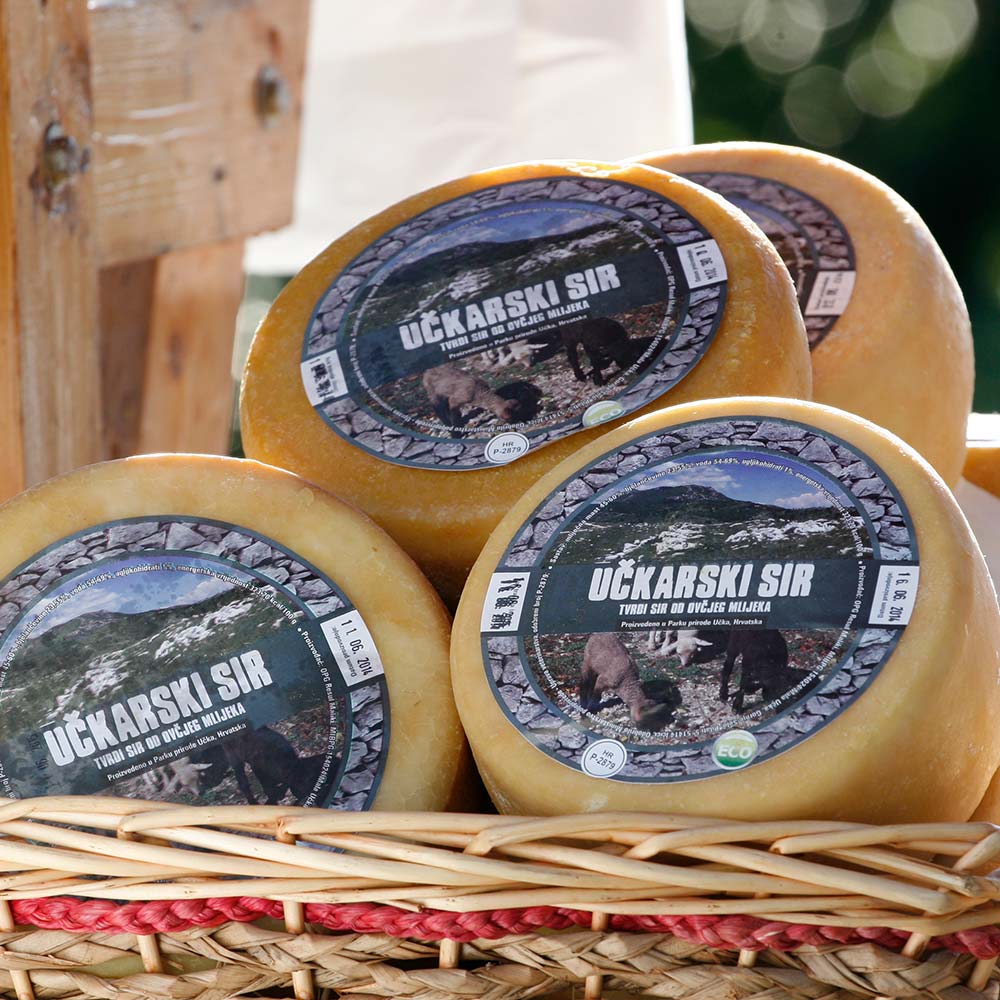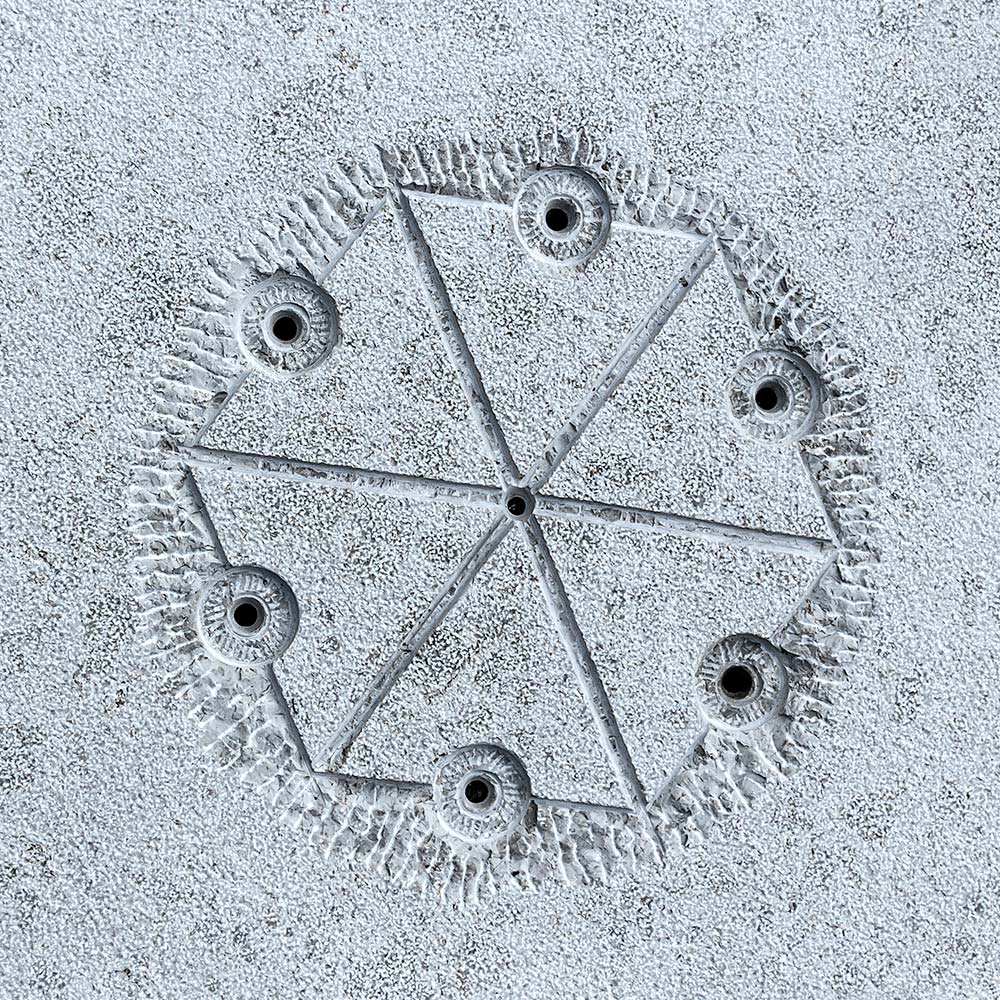 In addition to a rich biological and landscape diversity, Učka Nature Park is distinguished for many other valuable features of inanimate nature, that is, geological heritage. This term usually implies everything that has been preserved in the texture of rocks and stones as a result of internal and external forces, and includes geological and morphological phenomena, structures, geological profiles, fossils, minerals, caves, pits and other similar features.
In addition to a rich biological and landscape diversity, Učka Nature Park is distinguished for many other valuable features of inanimate nature, that is, geological heritage. This term usually implies everything that has been preserved in the texture of rocks and stones as a result of internal and external forces, and includes geological and morphological phenomena, structures, geological profiles, fossils, minerals, caves, pits and other similar features.
Among the valuable features of inanimate nature, the canyon of Vela draga holds a very special place within Učka Nature Park. This site, protected as a geomorphological nature monument, is characterised by picturesque solitary limestone towers and by rocks of extraordinary geomorphological and landscape value. It is assumed that this canyon was formed by the deposition of horizontal layers of Palaeogene limestone, followed by tectonic uplift and cleavage. Gradual, long-term erosion and karstification finally formed the canyon as we know it today. Some rock fragments in the scree contain numerous fossil remnants of various foraminifera and shells, which attest to the area’s rich geological history and the palaeo-environment in which they lived.
Apart from Vela draga, Učka Nature Park feature several other particularly valuable and interesting geological formations, such as the rocks of Krvava stijena on the western slopes of Mount Sisol and Stijena pod Brestom. These two sites have been recommended for protection as geomorphological reserves; at the moment they are under protection as parts of Učka Nature Park.
As one might assume regarding the karst quality of the soil, the park area abounds in caves and similar features – according to present data, there are more than 200 of them. Unfortunately, Učka’s caves and pits are rather poorly researched and documented, which means that a systematic inventory and a cave register is yet to be done. At the moment, we possess data regarding the area’s endemic underground fauna, interesting cave features (stalagmites, stalactites etc.), and numerous arc




